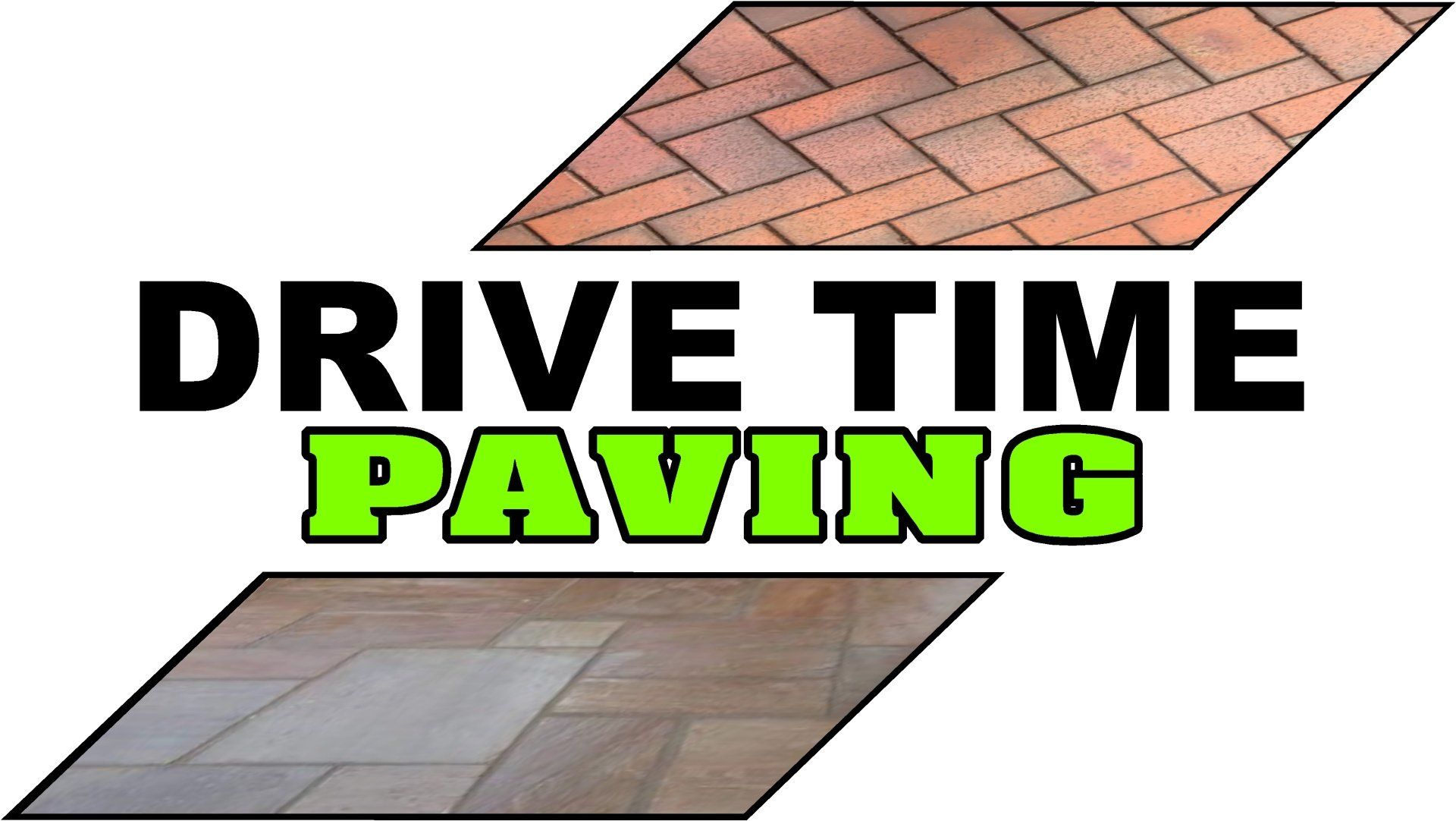Why Is Hoggin Graded And Why Does That Matter For Paving?
In recent years, there has been a distinct shift towards low-maintenance, natural-looking, sustainable materials for paving and driveway surfaces, and a very popular choice in recent years is professionally laid graded hoggin.
Whilst it has that same natural order to it that a material like gravel does, hoggin is more compacted and thus needs far less maintenance. Occasional weeding is typically enough to make it last.
Its natural ability to let water drain through it makes it an effective sustainable drainage system depending on the base it is laid upon.
However, one question that we commonly get asked about is what graded hoggin actually means and why it matters.
The answer is that grading is a vital earthworking process which creates a level, solid surface, either to form the foundation of another paving surface or, as is the case with hoggin and gravel, to form a complete, compacted long-lasting surface of its own.
It is a process, rather than a classification, but there are typically two main kinds of grading when it comes to paving and surfacing.
Rough grading is a fundamental process in construction and involves shaping the earth and material base in order to effectively lay another material on top of it.
Grading can involve creating engineered slopes, but in most cases involving hoggin, it usually involves creating a level, even surface that will allow for the materials to compact and mix together to create a long-lasting footpath.
Without surface grading, hoggin can end up lumpy and uneven, which is not just a problem for aesthetic reasons, but it can create weak points that damage the lifespan of the surface and may require further repairs or resurfacing work sooner rather than later.
When professionals provide graded hoggin surfaces, they will provide a comprehensive surveying work to ensure you get the perfect, even finish that perfectly suits your home.
